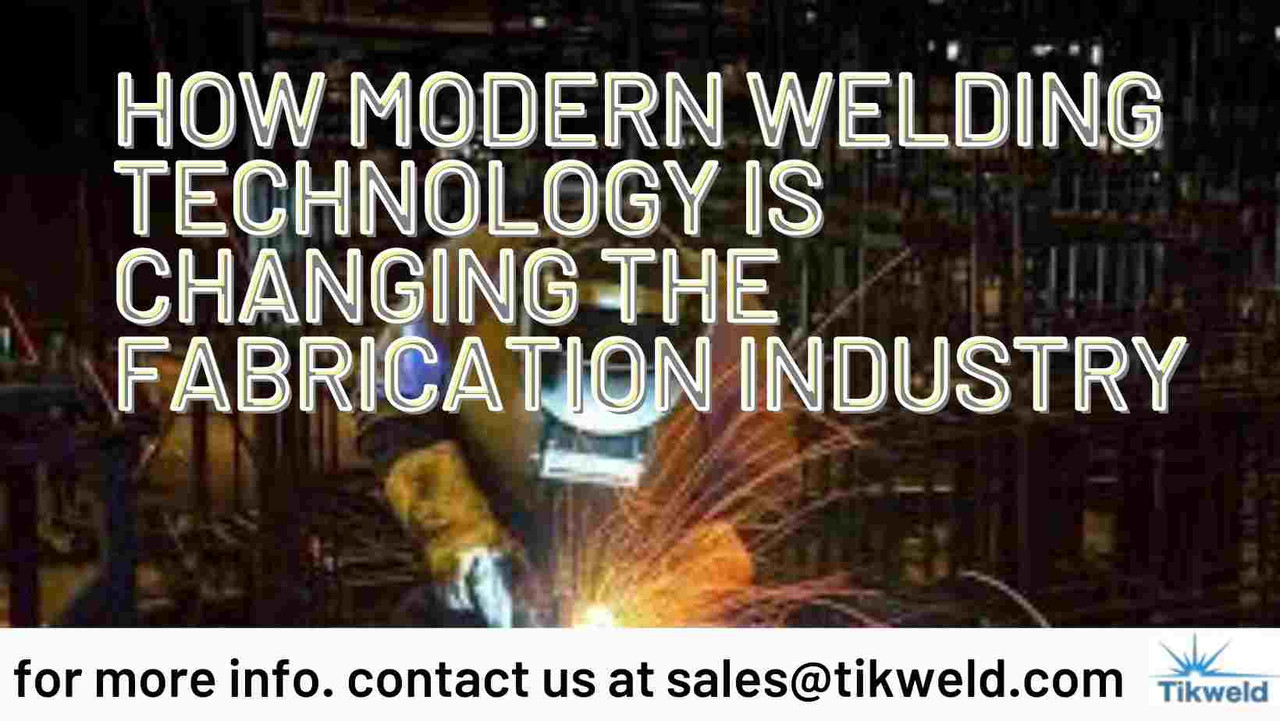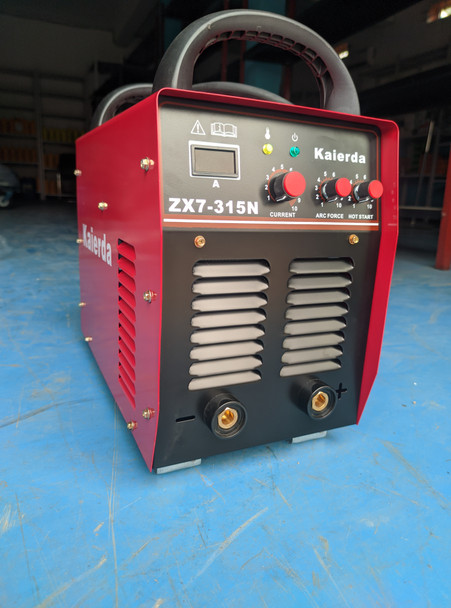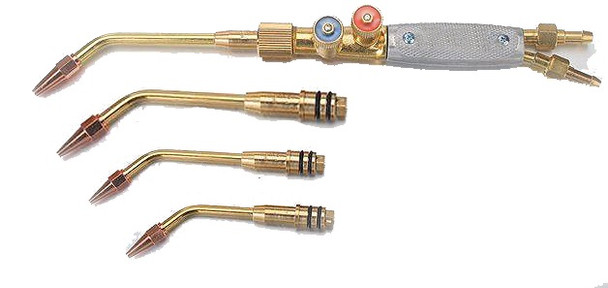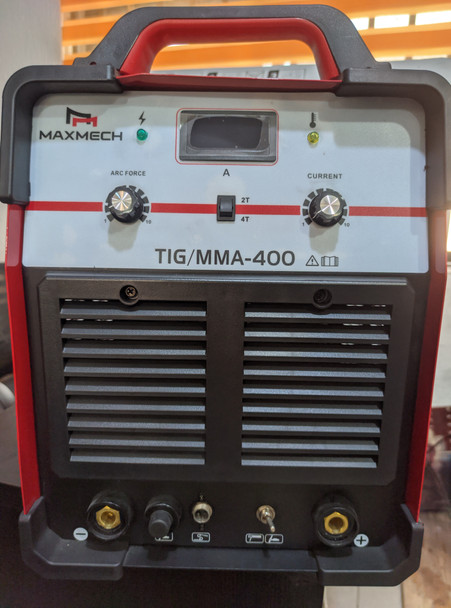How Modern Welding Technology is Changing the Fabrication Industry
- Increased Efficiency: Advanced welding technology can significantly speed up the welding process, reducing project turnaround times and increasing productivity across various fabrication projects.
- Enhanced Precision and Quality: Modern welding techniques, such as laser welding and automated welding systems, provide greater control and precision, resulting in higher-quality joints with fewer defects.
- Improved Safety: Automation in welding reduces the need for manual handling of dangerous tasks, thereby decreasing the risk of injuries and enhancing overall workplace safety.
Introduction
Welding is a fundamental process in the fabrication industry, involving the fusion of materials to create strong and durable connections. Traditionally, welding has been performed using conventional techniques such as stick welding and gas welding. However, recent advancements in technology have transformed the welding landscape, introducing modern techniques and equipment that offer greater efficiency, precision, and flexibility.
Welding plays a crucial role in various sectors of the fabrication industry, including manufacturing, construction, automotive, aerospace, and more. It is used to join metal components, fabricate structures, and repair machinery, among other applications. The quality and reliability of welds are essential for ensuring the integrity and safety of fabricated products, making welding technology a cornerstone of modern industrial processes.
 Kaierda Inverter DC MMA Welding Machine ZX7-315N
Kaierda Inverter DC MMA Welding Machine ZX7-315N
Traditional Welding Technology
Traditional welding methods, such as shielded metal arc welding (SMAW), gas tungsten arc welding (GTAW), and oxy-acetylene welding, have been widely used for decades. These methods involve the use of consumable or non-consumable electrodes, along with a filler material, to create a fusion bond between metal surfaces. While effective, traditional welding techniques have certain limitations in terms of speed, precision, and control.
Limitations and challenges
Traditional welding processes are often labor-intensive and time-consuming, requiring skilled operators to perform complex tasks. Additionally, these methods may produce undesirable effects such as distortion, spatter, and porosity in the welded joint. Moreover, traditional welding equipment can be bulky and cumbersome, limiting mobility and flexibility in fabrication projects.
Modern Welding Technology
In recent years, significant advancements have been made in welding technology, leading to the development of modern welding methods such as laser welding, electron beam welding, and friction stir welding. These techniques utilize advanced equipment and automation systems to achieve higher levels of precision, speed, and quality in the welding process.
Advanced techniques and equipment
Modern welding technologies offer several advantages over traditional methods. For example, laser welding utilizes a highly focused beam of light to melt and fuse metal surfaces with minimal heat input, resulting in precise and clean welds. Electron beam welding, on the other hand, uses a high-velocity beam of electrons to generate heat, allowing for deep penetration and narrow weld seams. Friction stir welding employs a rotating tool to generate frictional heat, creating a solid-state bond between metal workpieces without melting the material.
Benefits and advantages over traditional methods
The adoption of modern welding technologies has transformed the fabrication industry by providing numerous benefits and advantages. These include increased productivity, higher weld quality, improved repeatability, reduced distortion, and enhanced safety for operators. Additionally, modern welding equipment is often more compact, lightweight, and energy-efficient, allowing for greater flexibility and mobility in fabrication operations.
Applications and Impact of Welding Technology in various industries
Modern welding technologies have found widespread applications across a multitude of industries, ranging from automotive and aerospace to electronics and medical devices. These advanced techniques enable the fabrication of complex components with tight tolerances and intricate geometries, meeting the stringent requirements of modern manufacturing processes. For example, laser welding is commonly used in the automotive industry for joining dissimilar materials such as aluminum and steel in lightweight vehicle structures, while electron beam welding is utilized in aerospace applications for producing high-strength, precision-engineered components.
Impact on fabrication processes and workflows
The integration of modern welding technologies into fabrication processes has significantly impacted efficiency, quality, and competitiveness in the industry. By streamlining production workflows and reducing cycle times, manufacturers can meet growing demand while maintaining high standards of product quality and consistency. Moreover, the ability to achieve precise and repeatable welds with minimal defects enhances overall operational performance and customer satisfaction.
Future Trends and Innovations
Looking ahead, the future of welding technology promises continued innovation and evolution, driven by ongoing research and development efforts in materials science, automation, and digitalization. One notable trend is the growing adoption of additive manufacturing techniques such as metal 3D printing, which enables the fabrication of complex, lightweight structures with unprecedented design freedom. Additionally, advancements in robotic welding systems and artificial intelligence are paving the way for autonomous welding processes that optimize efficiency and flexibility in fabrication operations.
Potential impact on the fabrication industry
The cutting-edge welding technologies is expected to reshape the landscape of the fabrication industry, opening new opportunities for efficiency, customization, and sustainability. By leveraging modern welding techniques and embracing digital transformation initiatives, manufacturers can gain a competitive edge in the global marketplace while addressing pressing challenges such as labor shortages, material waste, and environmental impact. Ultimately, the future of welding holds immense promise for revolutionizing the way we design, create, and build the world around us.
Ready to explore the latest advancements in welding technology for your fabrication needs? Visit Tikweld.com to discover our comprehensive range of welding equipment, consumables, and accessories. Our team of experts is here to assist you in finding the perfect solution for your specific requirements.
 Maxmech Inverter Welding Machine TIG/MMA 400
Maxmech Inverter Welding Machine TIG/MMA 400
Frequently Asked Questions (FAQs)
1. How do modern welding technologies compare to traditional methods in terms of cost?
Modern welding technologies may involve higher initial investment costs due to the advanced equipment and training required. However, they often offer long-term cost savings through improved efficiency, productivity, and quality.
2. Are there any safety considerations associated with using advanced welding equipment?
Yes, safety is paramount when using advanced welding equipment. Operators should receive proper training and adhere to established safety protocols to prevent accidents and injuries. This includes wearing appropriate personal protective equipment (PPE) and ensuring proper ventilation in work areas.
3. What industries stand to benefit the most from the adoption of modern welding techniques?
Industries such as automotive, aerospace, construction, energy, and manufacturing are among those that stand to benefit the most from the adoption of modern welding techniques. These industries require high-quality welds with precise control over parameters to meet stringent performance and regulatory requirements.
4. Can modern welding technologies be integrated into existing fabrication workflows?
Yes, modern welding technologies can typically be integrated into existing fabrication workflows with proper planning and coordination. However, it may require adjustments to processes, training for personnel, and potentially upgrading or retrofitting existing equipment to ensure compatibility and optimal performance.
5. Which role does training and education play in ensuring the successful implementation of modern welding technologies?
Training and education are critical for the successful implementation of modern welding technologies. Proper training ensures that operators have the knowledge and skills necessary to operate equipment safely and effectively, minimize downtime, and maximize productivity. Additionally, ongoing education allows personnel to stay updated on the latest advancements and best practices in the field, ensuring continued success and competitiveness.
Conclusion
The transformative impact of modern welding technology on the fabrication industry has been clearly stated in this article. From enhanced precision and efficiency to expanded capabilities and reduced environmental footprint, these advanced techniques are changing the way we design, manufacture, and assemble a wide range of products. As we continue to embrace innovation and push the boundaries of what is possible, the future of welding holds boundless opportunities for growth, sustainability, and prosperity.
Ready to embrace the future of welding technology and elevate your fabrication capabilities? Visit Tikweld.com today to explore our comprehensive range of welding equipment, consumables, and accessories. With our expertise and support, you can take your welding operations to new heights of efficiency, quality, and innovation.
Related Article:
The Essential Guide to Different Types of Welding Techniques
Top 10 Safety Protocols Every Welder Must Follow









